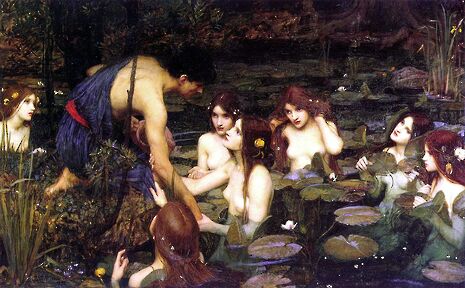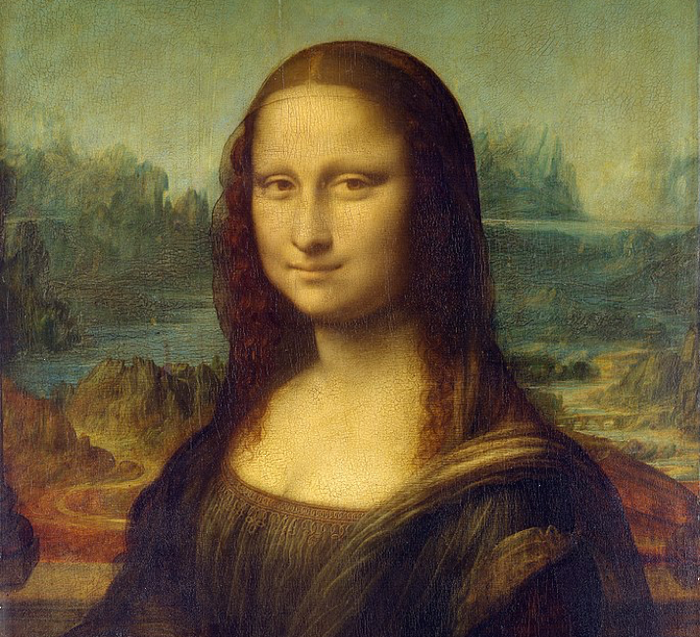Museum censorship in light of the #MeToo movement
Ciara Dossett argues why preventing heavy censorship of works of art, such as Waterhouse’s Hylas and the Nymphs, is more important than ever

In 1896, John William Waterhouse painted his Hylas and the Nymphs. Taking a story from classical mythology, Waterhouse here explored the classical moment in which the youth and Argonaut warrior Hylas was abducted by water nymphs. The painting is housed at Manchester Art Gallery, and provoked controversy last month when it was removed from the walls for a short period of time.
Clare Gannaway, the curator of the museum, has claimed that this was not a form of censorship and was only ever intended to be a temporary measure. Its removal was designed to provoke debate with visitors being encouraged to place their opinions on post-it notes in the space previously occupied by the painting. Gannaway confirmed to the Guardian that the MeToo and Time’s Up campaigns influenced this decision.
In Waterhouse’s painting, Hylas has his back turned to the viewer and so we see the image from his perspective. Instead of him being the central focus, the painting highlights the main nymph in a hypnotising manner: the nymphs are naked and their sexuality is emphasised. Modern critic Christopher Wood has described how “Waterhouse chooses a moment of female agency”. While this may be true, it is purely a form of sexual agency, and the painting presents numerous problems in our modern era of MeToo and Time’s Up.
The presentation of the nymphs as a type of femme fatale suggests that it is women who lead men astray: a dangerous thought in our toxic victim-blaming culture surrounding sexual abuse. Hylas, of course, could himself be interpreted as the victim, given his abduction by these seemingly charming creatures.
“By no means does every piece of art work reflect a museum’s views”
Despite Gannaway’s assurance that this was not a form of censorship, the act has created much debate about Museum censorship, particularly given the #MeToo movement. Over the last few months there has been an explosion of sexual assault allegations pervading all industries, including business, politics and, most prominently, entertainment. The #MeToo movement spread globally in October 2017 in response to the Weinstein allegations.
It is unsurprising, therefore, that this discussion has entered the world of art: a realm which palpably reflects the activities and cultural values of life itself. Waterhouse’s Hylas is by no means the only painting to spark controversy. Last year, Mia Merrill started an online campaign to have Balthus’ Thérèse Dreaming removed from the New York Metropolitan Museum, arguing that “the Met is, perhaps unintentionally, supporting voyeurism and the objectification of children.”
Merril’s claim that the Met is supporting the views of Balthus, and their artists more generally, is ridiculous. By no means does every piece of artwork reflect a museum’s views. Moreover, the removal of works of art such as Waterhouse’s Hylas would not provoke the desired effect. Hiding the fact that women were viewed in a certain way in the past or that sexual abuse happened will not solve contemporary problems. Instead, art should be about provoking debate.
Spokeswoman for the National Coalition Against Censorship (NCAC), Nora Pelizzari, said in a statement that “attacking is counterproductive to the open discussion necessary for us to confront the realities of sexual harassment and abuse”.
What is so great about the Manchester debate is just that; it sparked discussion about art, particularly the portrayal of women given our modern era. Censoring or permanently removing pieces of art, however, is certainly not the solution. Pieces of art serve as sources, which give us insight both into the time in which they were created and the artist’s imagination. Few today would agree with many of Hitler’s anti-semitic speeches but these remain integral as historical sources. The same can be said for art.
It is too anachronistic to place our own modern views on historical agents. By all means use these works in debates but don’t remove them simply because you disagree with them. For centuries, women have been campaigning against the patriarchal nature of the art world. Instead of taking out specific pieces of art, however, museums should be expanding their collections to encompass a wider range of work and views
 News / Cambridge bus strikes continue into new year16 January 2026
News / Cambridge bus strikes continue into new year16 January 2026 News / Local business in trademark battle with Uni over use of ‘Cambridge’17 January 2026
News / Local business in trademark battle with Uni over use of ‘Cambridge’17 January 2026 Interviews / The Cambridge Cupid: what’s the secret to a great date?14 January 2026
Interviews / The Cambridge Cupid: what’s the secret to a great date?14 January 2026 News / Uni members slam ‘totalitarian’ recommendation to stop vet course 15 January 2026
News / Uni members slam ‘totalitarian’ recommendation to stop vet course 15 January 2026 Science / Why smart students keep failing to quit smoking15 January 2026
Science / Why smart students keep failing to quit smoking15 January 2026










